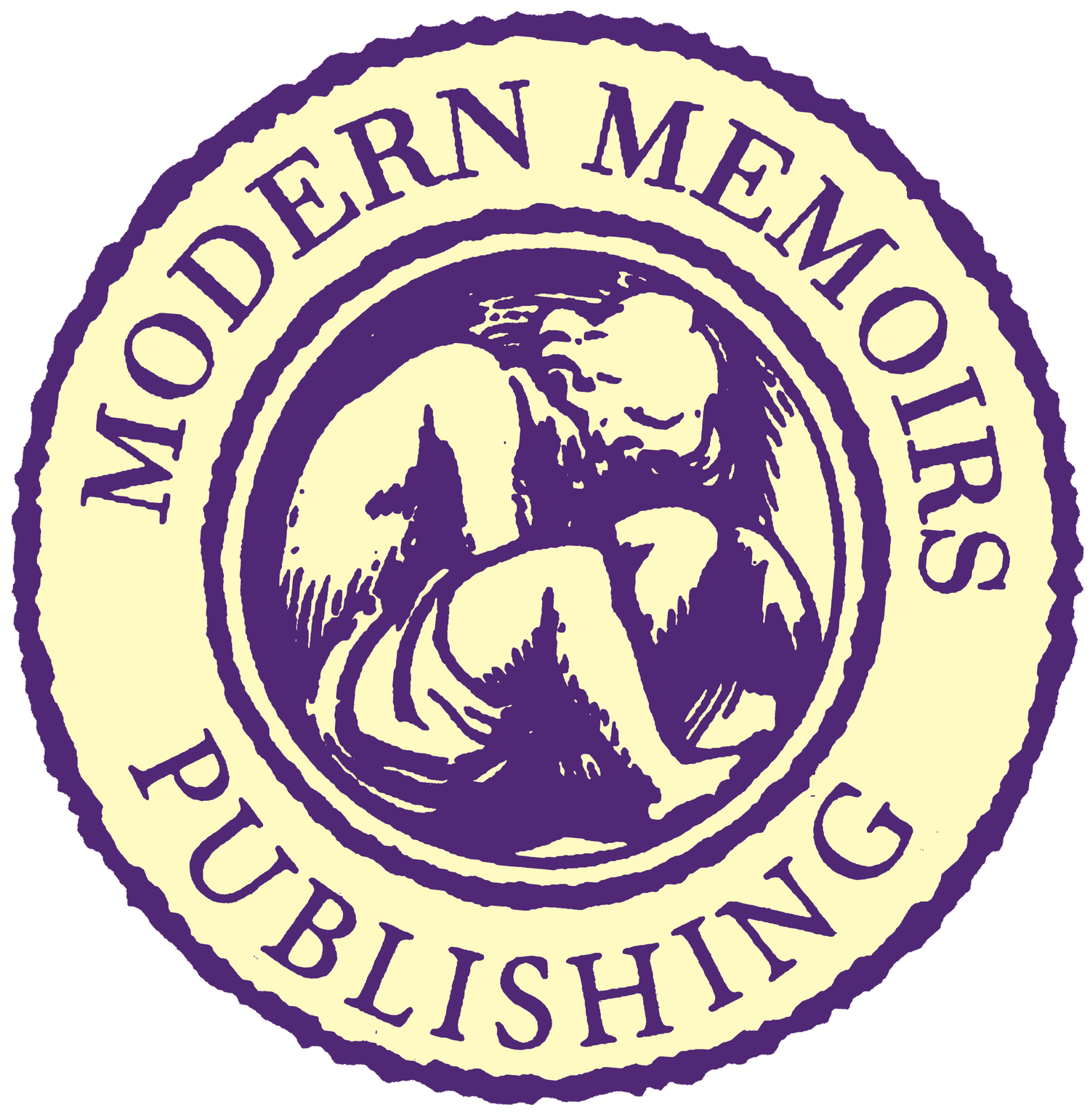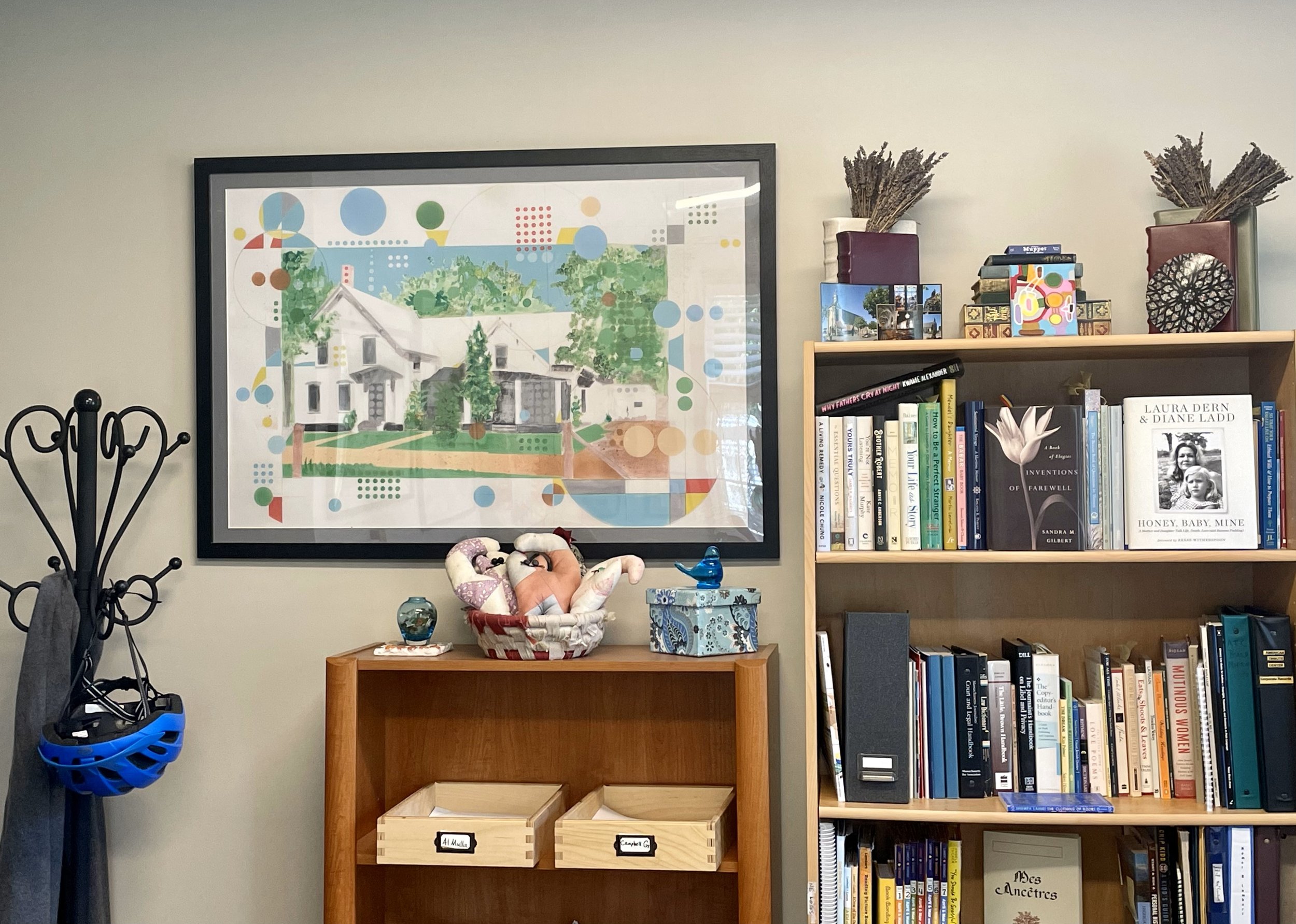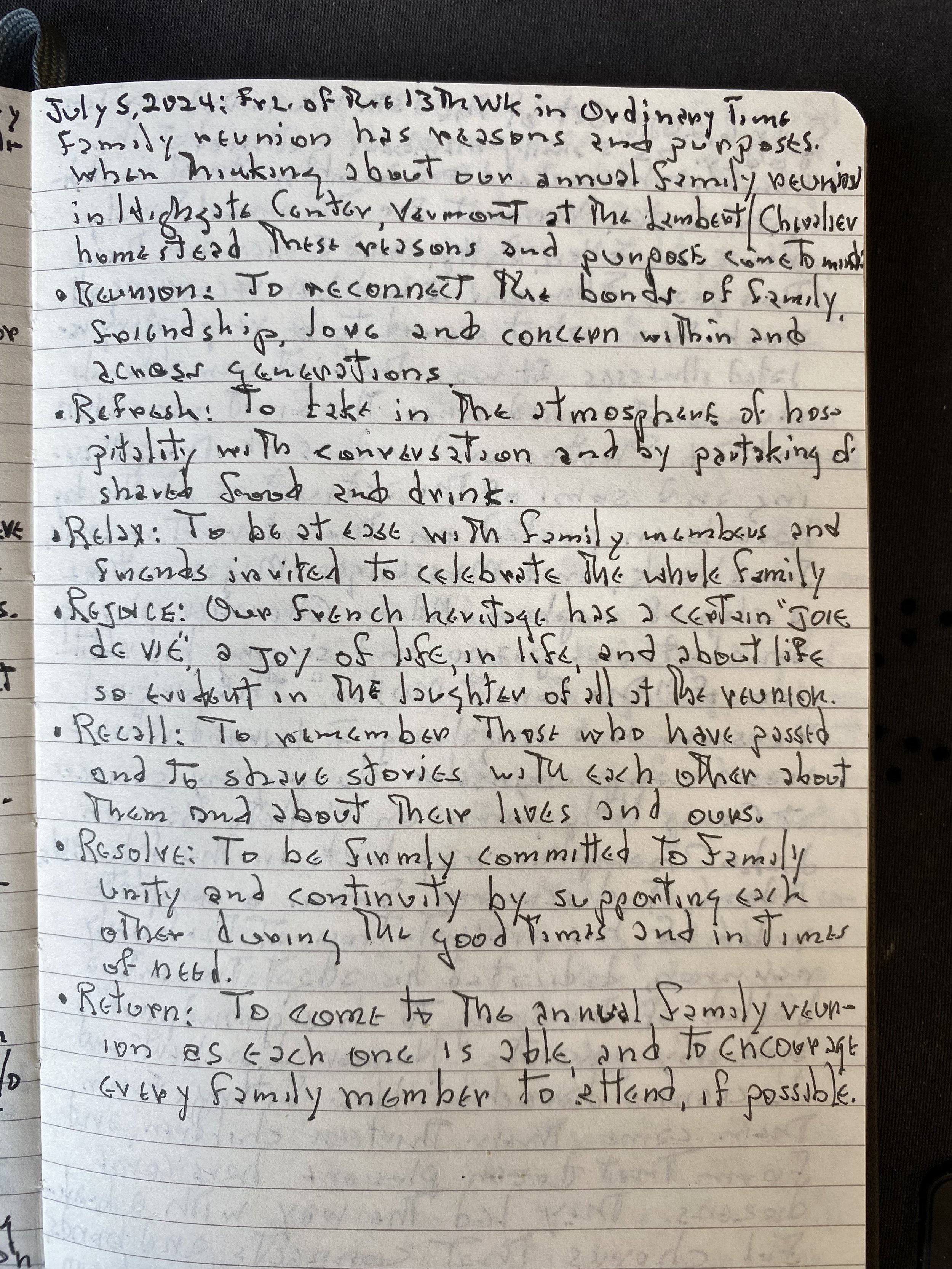I understand procrastination. I think it’s human nature—we all have a bit in us, and some people, more than a bit. It can be seen as a benevolent source of gravity keeping us grounded in the present (“I’d rather go out with my friend than write an agenda for next week’s meeting”) or a bargaining chip (“I’m cleaning out my silverware drawer instead of starting my taxes”) or surely it can be a debilitating problem (“I can’t finish anything”).
I’ve been trying to figure out for several decades why some people simply cannot seem to finish writing their memoirs. Or they can pretty much finish writing but can’t seem to bring it to completion, to production. One conclusion is that the memoir writing keeps the author going, mentally and even physically, and there’s little we can do to hurry it along to fruition. Of course, with the omnipresence of reminiscence, there’s always another event to write about when writing a memoir. New things always arise:
“Oh, here’s another paragraph about my second cousin once removed—it’s important.”
“I found a photo of a trophy I won in high school. Please add it!”
“Can I add something about the trip we took to Hokkaido last month?”
“Should I change the way I described my ex-wife’s parents? I think it's not very nice.” (“Hmm… yes,” I would answer.)
I’m sure that perfectionism, not procrastination, plays a role for some writers. Every re-reading of a piece lays bare the disappointing truth that one could say it differently. So one keeps revising and revising and revising. Or awareness of an audience suddenly looms: “What will my children think of this chapter?” Or “This book is too long/too short/too nice/too harsh/too boring…” More likely, the writer has become bored from reading the same piece over and over for some years.
“Every re-reading of a piece lays bare the disappointing truth that one could say it differently”
My favorite expression in writing and in other pursuits is attributed to Voltaire, referencing the words of an Italian sage: “Le mieux et l’ennemie du bien.”[1] Literally, “the best is the enemy of good.” I take it to mean: Seeking perfection gets in the way of good writing. Don’t be a perfectionist! Or, to put into action—when writing, go with what feels good and authentic, and don’t keep reworking in an attempt to be so-called “great.” This will just drag you down and stall completion. To what end? To have changed the verb “close” to “shut”? To say “upset” instead of “furious”?
Oscar Wilde is thought to have said, “I was working on the proof of one of my poems all the morning, and took out a comma. In the afternoon I put it back again.”
Another serious issue that can hold up the writing process is showing your writing to a friend or family member. Of course, we understand the need to get some details accurate, or fill in missing information, etc. However, letting others read your work inevitably allows the entrance of more opinions, “corrections,” and burdensome advice that can get in the way of completion. Some authors thrive on this and are motivated to plow forward; others are stalled and sometimes paralyzed by it. One client sent the manuscript, midstream, to his family member to “check a few details” and the manuscript was returned to us 7 months later. There were all of 10 sentences of revisions in 350 pages.
From the publisher’s perspective, despite our commitment to white-glove service and always respecting the client’s timetable, the longer a client’s project stretches on, the harder it becomes for the team working behind the scenes to manage it. A lengthy project means increased and long-term juggling with many other projects, some of which become priority because they are moving at a normal clip. It also means inefficiently having to adjust the interior design over and over to accommodate new paragraphs or new photos. It means having to re-read the writing many times, because it is impossible to hold on to the details of a 400-page storyline, especially over a matter of months or years. It gets harder to maintain the flow of the narrative, harder to remember the custom grammar and spelling styles (even with our custom style sheets), and harder to catch repeated information. It means regularly having to refresh the entire team on the details of the project if it’s been so long since anyone last worked on the manuscript.
Our longest book projects in the past were memorable. One took 10 years because the client became ill for 5 of those years, then luckily improved and completed the project. Not without persistent, encouraging phone calls from me every single month, for which he later thanked me.
Another client insisted on writing her book one chapter at a time, adding the photos to that chapter and making it “perfect” both editorially and design-wise before proceeding to the next chapter. For 36 chapters, this process was highly inefficient, but it worked for her, and the book was completed in 11 years!
For other clients, life interferes, and we (usually) always understand. But as an editor and project manager, I sometimes have to use the following phrases for the unassuming author, and I try to say them gently and with a smile—
“Just letting you know that these revisions/additions will extend the time and the cost of the project….”
“In the time that it takes you to consider and submit your next round of revisions, we could have this book completed and delivered to you.”
“Did you want this book in hand by the end of the current year?”
I was crestfallen when one author said to me, “I think all the friends I wrote about in my memoir have now passed away, one by one.” This, and the barbs of perfectionism, are what I doggedly try to fend off.
Full well I know that when the book is completed, or let us say “born,” authors feel a great sense of relief and accomplishment. They hold their “baby” in their hands, pass it around to adoring family and friends, and are able to say, “I did it! And it is good!”
Not always perfect, but good.
* * *
[1] from Voltaire’s La Bégueule, 1772: Dans ses écrits un sage Italien / Dit que le mieux est l’ennemi du bien. Voltaire cites the Italian verse in his article “Art dramatique” in Dictionnaire philosophique.
Ali de Groot is director of publishing for Modern Memoirs, Inc.






















